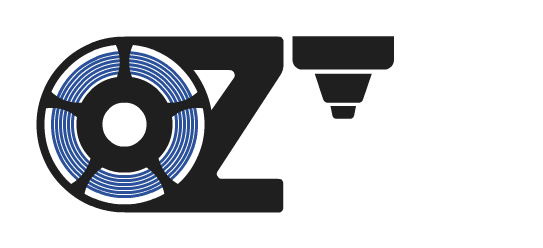
Printer Bed Adhesion Tips & Tricks
Are you tired of your 3D prints failing due to poor bed adhesion? Don't worry, we've got you covered! In this blog post, we will share some expert tips and tricks to help you achieve perfect bed adhesion every time. Follow these steps and say goodbye to failed prints!
Why is Bed Adhesion Important?
Before we dive into the tips and tricks, let's understand why bed adhesion is crucial for successful 3D printing. Proper bed adhesion ensures that the first layer of your print sticks firmly to the build plate, preventing warping, shifting, and other issues that can ruin your print. It lays the foundation for a successful and high-quality print.
Clean the Bed with Dish Soap and Hot Water
The first step to achieving good bed adhesion is to clean your print bed thoroughly. Start by washing it with dish soap and hot water. This will remove any grease, dirt, or residue that may be present on the surface. Use a non-abrasive sponge or cloth to gently scrub the bed, and then rinse it with clean water. Allow it to dry completely before moving on to the next step.
Clean with Isopropyl Alcohol Before Each Print
After cleaning the bed with dish soap and hot water, it's essential to wipe it down with isopropyl alcohol before every print. Isopropyl alcohol helps to remove any remaining oils, fingerprints, or contaminants that may have accumulated on the bed. Simply pour a small amount of isopropyl alcohol onto a lint-free cloth and wipe the bed surface thoroughly. This step will ensure optimal adhesion for your prints. Make sure you use high percentage IPA (Isopropyl Alcohol) , we recommend >99%.
Select the Right Print Bed Temperature
Another crucial factor for achieving good bed adhesion is selecting the right print bed temperature. Different build plate materials require different temperatures to ensure proper adhesion. For example, if you are using a glass bed, the temperature range will be different to using a PEI plate. Also each filament material requires different print bed temperatures as their Vicat softening temperature is different.
By following these three simple tips, you can significantly improve your 3D print bed adhesion. Remember to clean the bed with dish soap and hot water, wipe it down with isopropyl alcohol before each print, and select the right print bed temperature for your build plate. With these tricks up your sleeve, you'll be well on your way to successful and flawless 3D prints!



Leave a comment
This site is protected by hCaptcha and the hCaptcha Privacy Policy and Terms of Service apply.